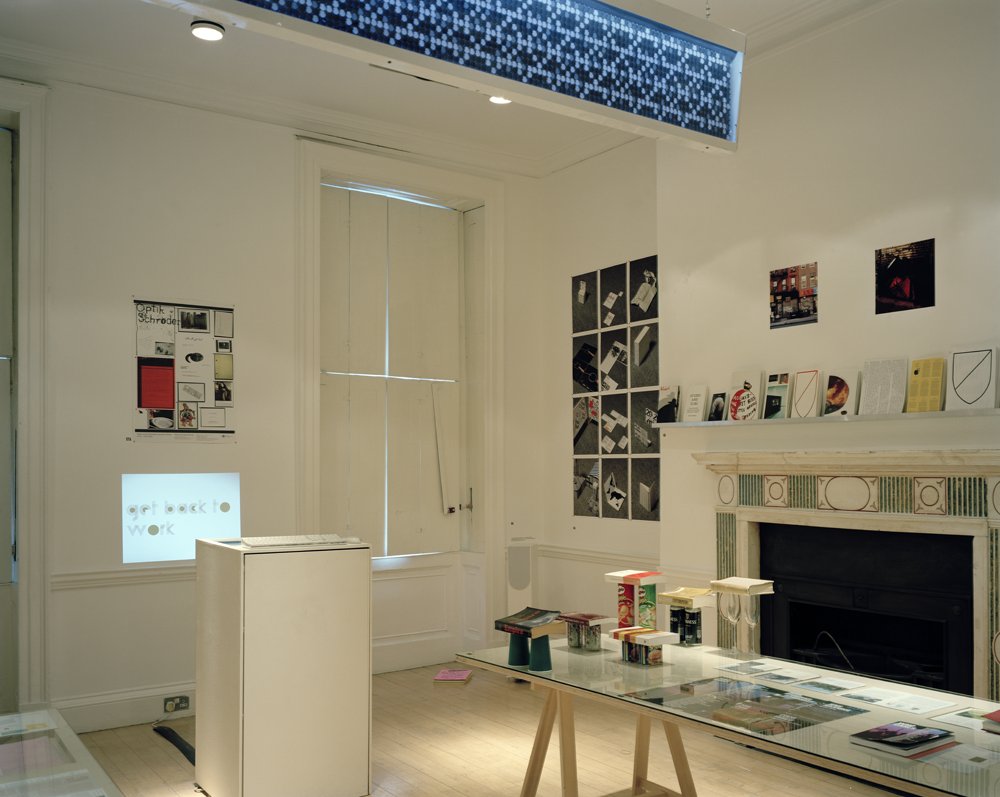Who Sets the Standard?
Graphic Design Museum Breda, NL
Februari 28 – Juni 7, 2009
Statement: «In Who Sets the Standard?, the Graphic Design Museum shows how the influence of the emerging industrialisation in the previous century and the technological development have become decisive for the image in the design.
Jan Tschichold, Guiding a New Tradition
Jan Tschichold (Leipzig 1902-Locarno 1974) can be seen as a protagonist of modernistic design. His publication Die Neue Typographie (1928) is the manifesto for modernistic typography and is still read and imitated. The influence of Tschichold is evident in current design in the use of fixed paper sizes such as DIN-A4.
What drove this exceptional designer, typographer and essayist?
The exhibition Jan Tschichold, Guiding a New Tradition shows how like-minded people from various expressive disciplines inspired Jan Tschichold in his modernistic views. One can also see how the classically-trained Tschichold never completely discarded traditional ideas. The impression that Tschichold radically distanced himself from his modernistic principles in 1933 is put into perspective in this exhibition. There is no doubt, however, that Tschichold has had a considerable influence on several generations of graphic designers.
The exhibitions shows, in addition to work by Jan Tschichold, work by people such as El Lissitzky, Laszlo Moholy Nagy, Piet Zwart, Herbert Bayer, Willem Sandberg, Otto Treuman, Joseph Müller-Brockmann, Max Bill, Benno Wissing and Wim Crouwel.
Template Culture: Form Follows Format
At the invitation of the Graphic Design Museum, designer Hendrik Jan Grievink has supplied a visual commentary to the exhibition Jan Tschichold, Guiding a New Tradition. According to him, the legacy of Tschichold can mainly be seen in the current template culture, where technical standards, recognition and reproducibility determine to a large degree the visual character of the information.
Famous and less-famous websites are stripped by him of their content and reduced to aesthetic objects. The result is an alienating view on the design of the worldwide web of today. How standard are today’s standards? What is the aesthetic legacy of modernism in current web design?»








